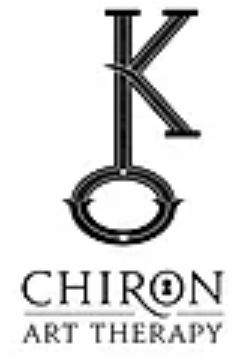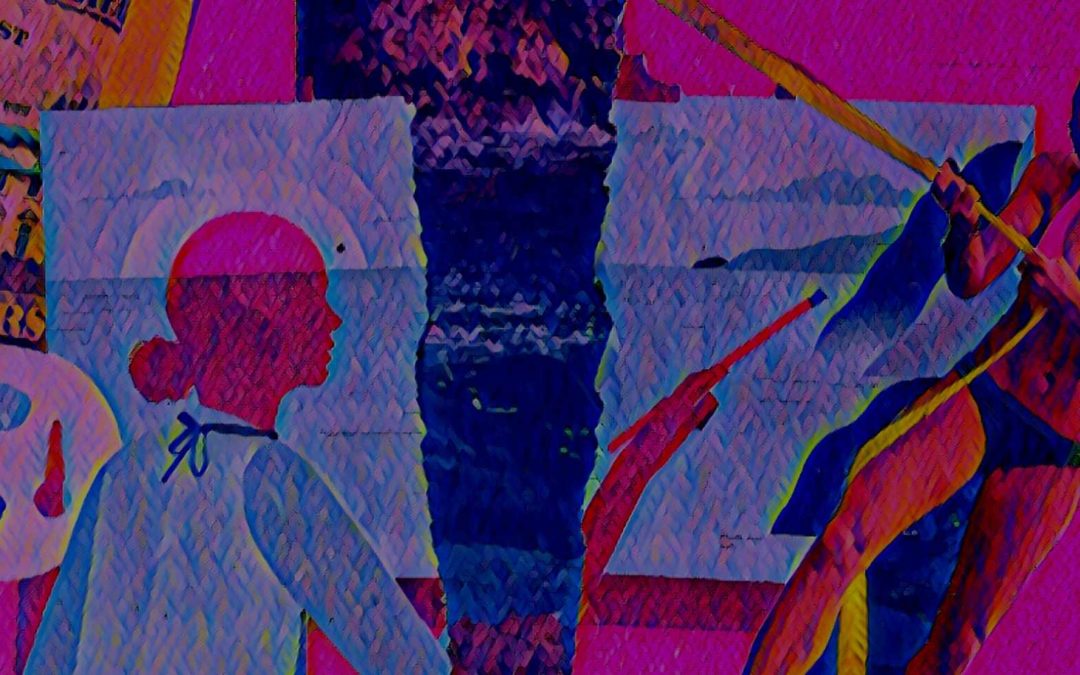Today I am sharing some commonly asked questions about art therapy and art therapists. People thinking about therapy may consider art therapy, but often don’t know what it is. Hopefully, this information will help to further clarify some of those questions.
Can someone do art therapy without a degree?
There’s a lot of confusion about what art therapy actually is, so here is one of the first questions about art therapy. Art therapy requires that an art therapist has a master’s degree in art therapy. These degree programs are similar to counseling and social work. Courses include psychology theory, guidance in evidence-based practices, ethics, and multiculturalism. Board certification from the art therapy credentials board for art therapy also requires supervised internship experiences in several settings with different types of people. After graduation, art therapists undergo supervision by a seasoned art therapist for at least 2 years to earn certification status.
Can you do art therapy without a therapist?
Go into any big box store and you’ll find adult coloring books, some of which claim to be “art therapy coloring books.” However, an art therapy coloring book is not art therapy. A counselor has a master’s degree in counseling and likewise, an art therapist has completed a degree in art therapy. Why? A couple of reasons:
- Art can be useful and therapeutic. However, what makes art therapy is the therapeutic relationship with a therapist. Such an art therapist is an expert in psychological concerns such as anxiety, depression, grief, social stressors, interpersonal relationships, life transitions, and exploring self-identity.
- Furthermore, therapists have the benefit of being able to see your life with some distance. They may see a perspective that can help you see past some of your blind spots.
- Art can be stress-relieving, enjoyable, and satisfying. A coloring book will not be able to guide you when you feel stuck with an issue. If people solved all their problems reading self-help books, there wouldn’t be a mental health industry.
How is art therapy different than counseling?
Traditional talk therapy uses one mode of relating, that is talking. CBT often includes structured homework with worksheets, journals, and keeping logs. However, trauma and grief, especially traumatic grief, are not stored in the verbal centers of the brain. Trauma can be often be stored in the body and come out as pain or other physical symptoms. Furthermore, with complex emotions, often there just aren’t words. For example, one such complex emotion could be the pain you feel about someone who you love, feel betrayed by, are grieving the loss of, and are angry and relieved at all the same time.
Art can express things that don’t have words. A piece of art can hold paradoxes, contrasts, and tension. Furthermore, aspects in the art can symbolize things that are still forming within you that still emerging, growing, and coming into being.
There is healing in the doing and the making. Some find resolution in the acknowledgment of the tension and of the incapacity of words to do the job.
For others, words don’t work. I’ve had many clients come to me after talk therapy and said they’ve talked about it all, but it hasn’t changed how they feel.
Do you ever talk in art therapy?
We can talk in art therapy and often find words describing art that describe other parts of your life. An art therapy degree includes concepts of counseling so that some sessions may be solely verbal. Other sessions may be almost entirely art-making. Art therapy is, if anything, flexible and adapts to the moment at hand.
The Focus of Art Therapy
Art therapists have art training as well as training in the psychological effects of art materials. That means in a session I’m also making sure you don’t get overwhelmed with the materials. I may offer some techniques to guide your art-making process too. Art therapy differs from art classes because the content is personal. The intent is primarily on your internal process. I focus on my client’s sense of discovery, new insights, resolution of pain, and the relief of suffering. From this, hopefully, clients develop a newfound sense of hope and confidence. Each session and each course of therapy follows the client’s individualized and unique needs, just like every piece of art, and each human.
And you can’t get that from a book!
Have other questions about art therapy? You can find more info on my website here, or if you’d prefer, reach out. I’d be happy to answer your questions directly.

